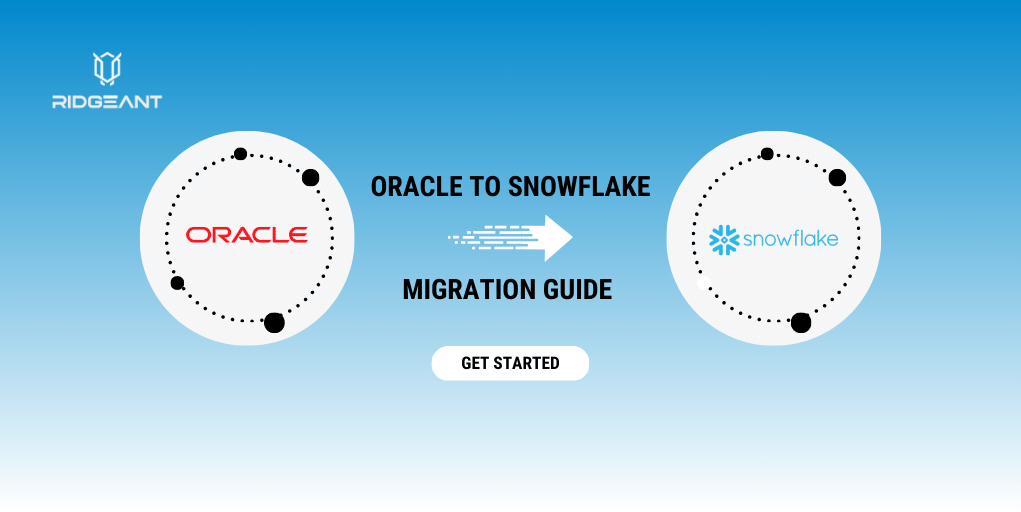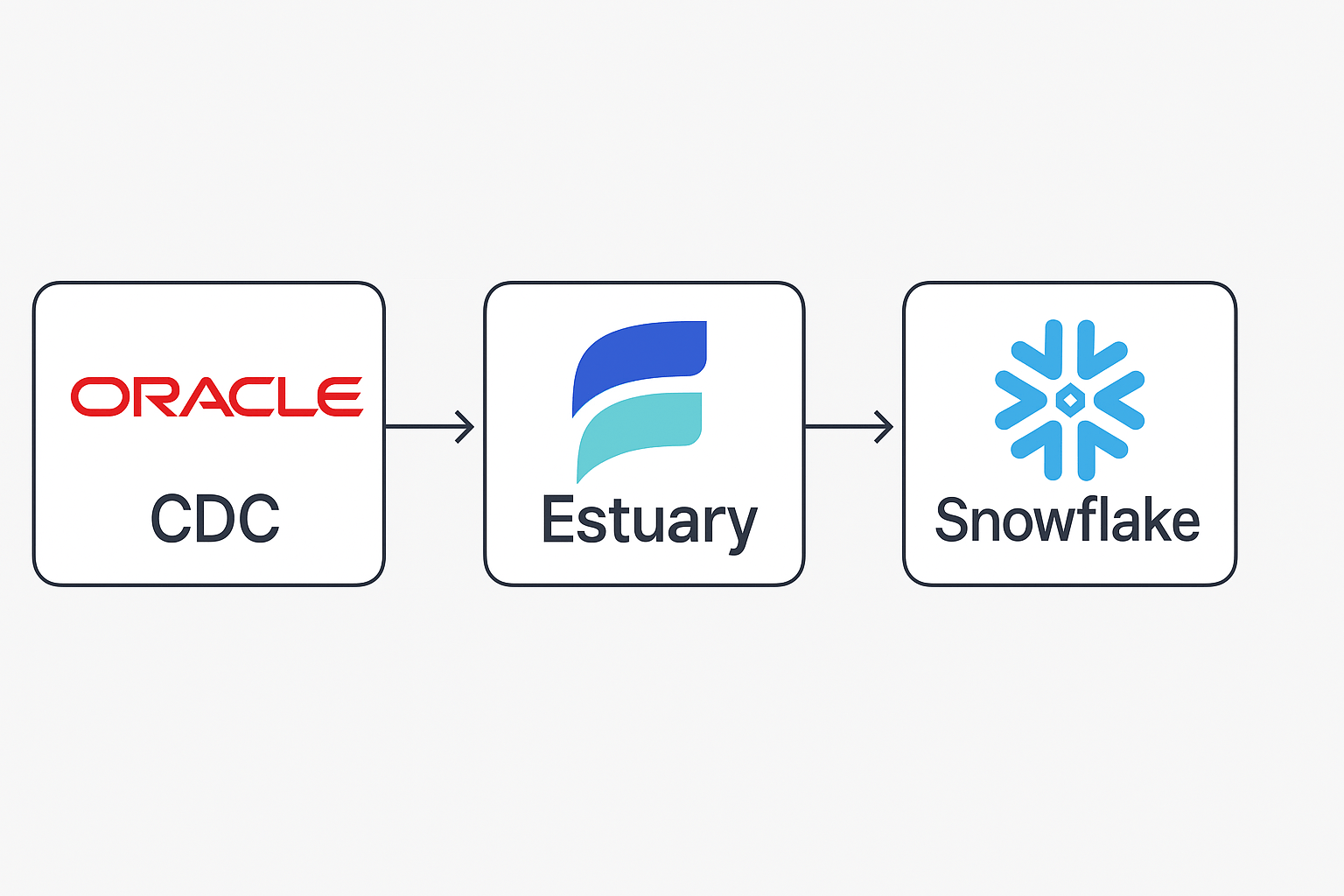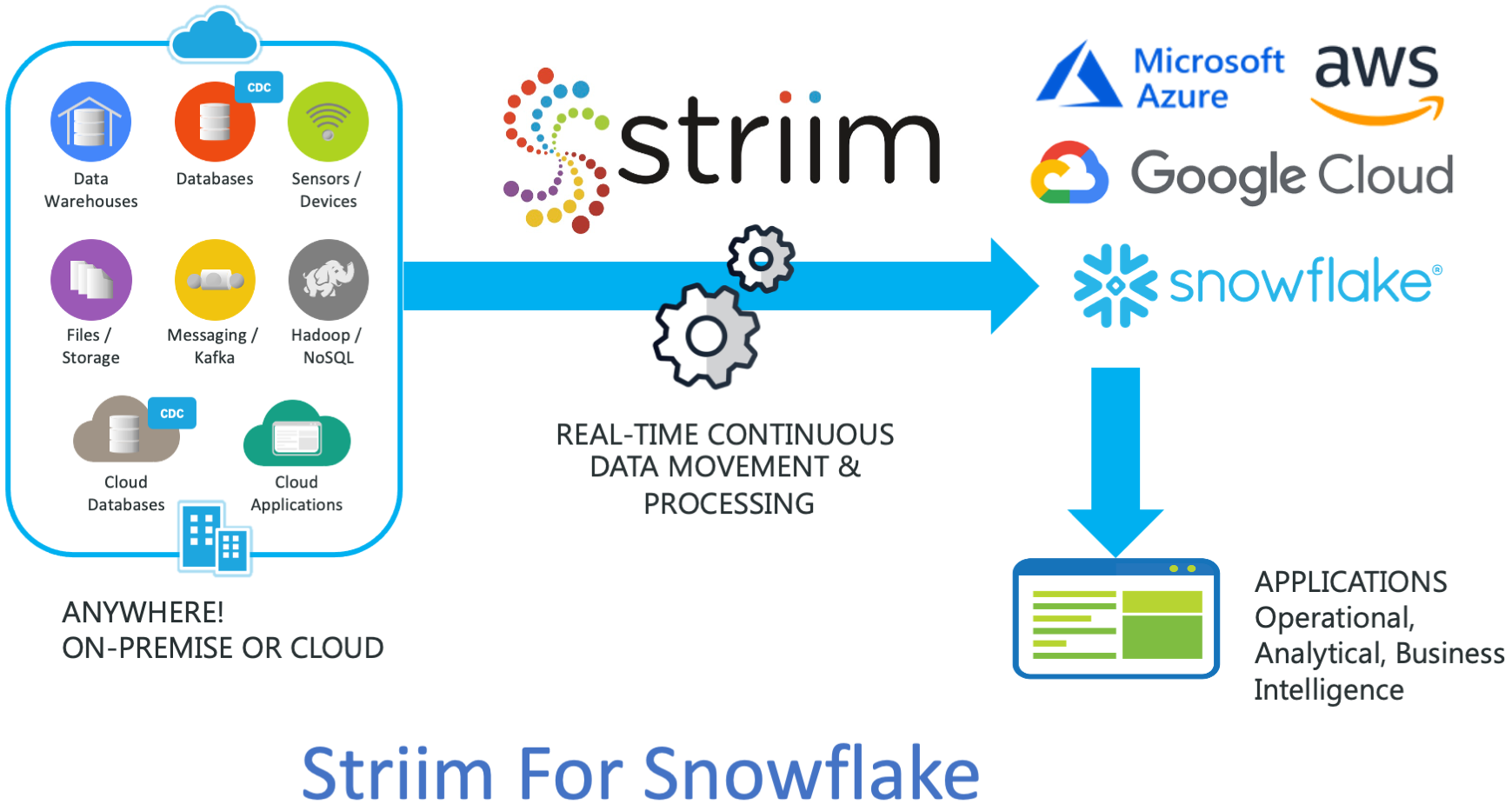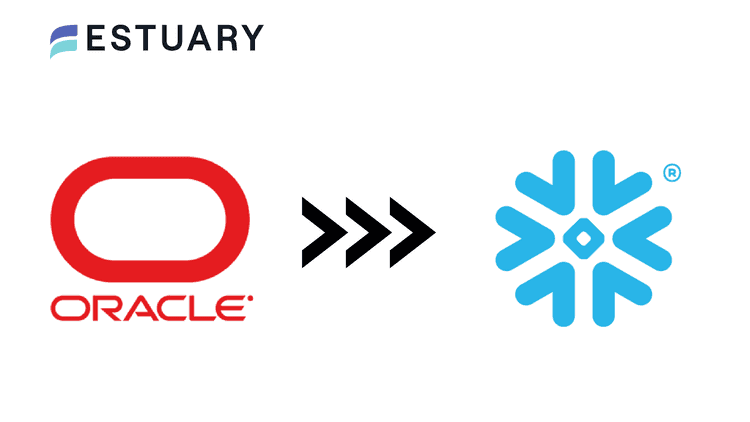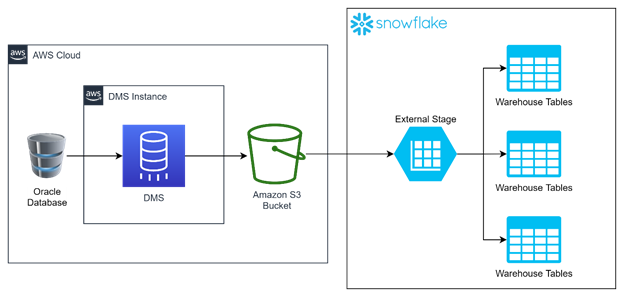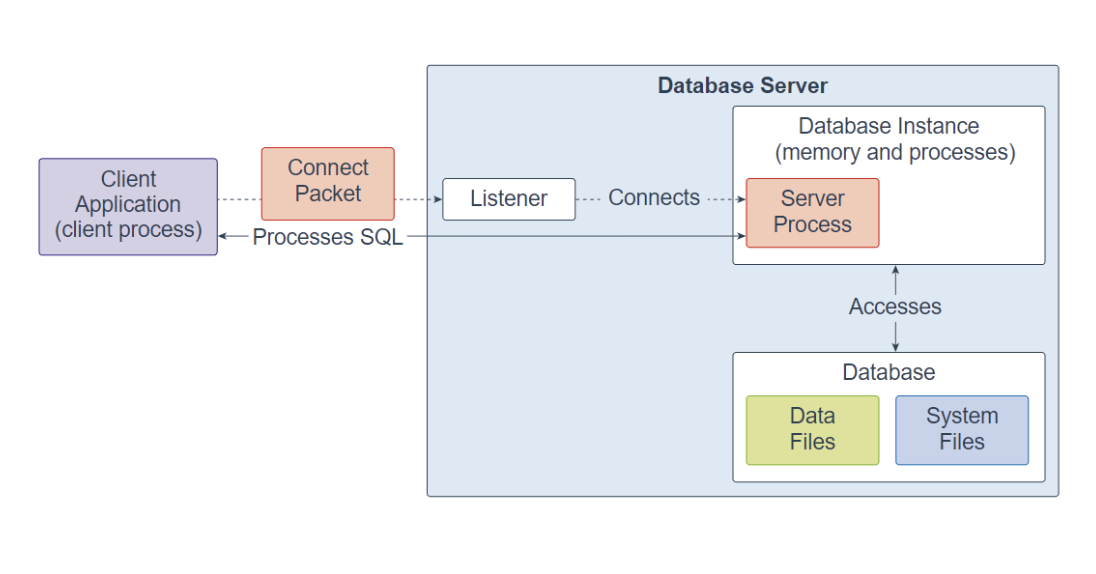Oracle To Snowflake Migration Guide

Organizations grappling with legacy Oracle databases are increasingly eyeing cloud-native solutions, with Snowflake emerging as a popular destination. This trend has spurred demand for comprehensive migration strategies, prompting a surge in resources and tools aimed at simplifying the complex transition.
This article examines the rising interest in Oracle to Snowflake migrations, the key elements involved in such projects, and the potential benefits and challenges for businesses undertaking this digital transformation.
The Migration Momentum
The shift from traditional on-premise databases like Oracle to cloud-based data warehouses such as Snowflake is driven by several factors. These include scalability needs, cost optimization, and the desire for advanced analytics capabilities.
Cloud data warehouses offer elastic scaling, allowing organizations to adjust resources based on demand, avoiding the capital expenditure and maintenance overhead associated with physical infrastructure. Snowflake, in particular, boasts a unique architecture that separates compute and storage, enabling independent scaling and optimized resource utilization.
"We've seen a significant increase in inquiries from organizations looking to modernize their data infrastructure and leverage the benefits of the cloud," says a representative from XYZ Consulting, a firm specializing in database migrations.
Key Elements of an Oracle to Snowflake Migration
Migrating from Oracle to Snowflake is not a simple lift-and-shift operation. It requires careful planning, assessment, and execution, typically involving several distinct phases.
Assessment: This crucial initial stage involves analyzing the existing Oracle database, understanding data volumes, identifying dependencies, and defining the target architecture in Snowflake.
Schema Conversion: Oracle's proprietary SQL dialect differs from Snowflake's ANSI SQL. This often necessitates schema conversion, either manually or through automated tools, to ensure compatibility.
Data Extraction and Loading: Data must be extracted from the Oracle database and loaded into Snowflake. This can be achieved through various methods, including bulk loading, change data capture (CDC), and ETL/ELT pipelines.
Testing and Validation: Rigorous testing is essential to ensure data accuracy and application functionality in the new Snowflake environment. This involves comparing data sets, validating reports, and testing application integrations.
Migration Tools and Resources
Several tools and resources are available to aid in the Oracle to Snowflake migration process. These range from open-source utilities to commercial offerings from database vendors and consulting firms.
Snowflake itself provides tools and documentation to facilitate migration, including data loading utilities and guidance on schema conversion. Third-party ETL tools like Informatica and Talend also offer connectors and pre-built templates specifically designed for Oracle to Snowflake migrations.
Companies like AWS and Azure offer migration services and infrastructure to support the process, further streamlining the transition.
Potential Benefits and Challenges
Successful Oracle to Snowflake migrations can deliver significant benefits, including improved performance, scalability, and cost savings.
Snowflake's cloud-native architecture allows for on-demand scaling, enabling organizations to handle fluctuating workloads without incurring unnecessary infrastructure costs. Its columnar storage format and advanced query optimization techniques can also lead to faster query performance.
However, migrations can also present challenges. Data incompatibility, application rework, and the learning curve associated with a new platform can all pose obstacles.
Effective project management, thorough planning, and the selection of appropriate tools and expertise are crucial to mitigating these risks.
The Human Element
Beyond the technical aspects, the human element plays a vital role in migration success. Employees accustomed to working with Oracle may require training on Snowflake's features and functionalities.
Clear communication, collaboration between teams, and change management strategies are essential to ensuring a smooth transition and fostering user adoption.
"It's not just about moving the data; it's about empowering your people to use the new platform effectively," adds the XYZ Consulting representative.
As organizations continue to embrace cloud-based data solutions, the demand for efficient and well-executed Oracle to Snowflake migrations will undoubtedly persist. Careful planning, appropriate tools, and a focus on the human element are key to unlocking the full potential of this transformative journey.

